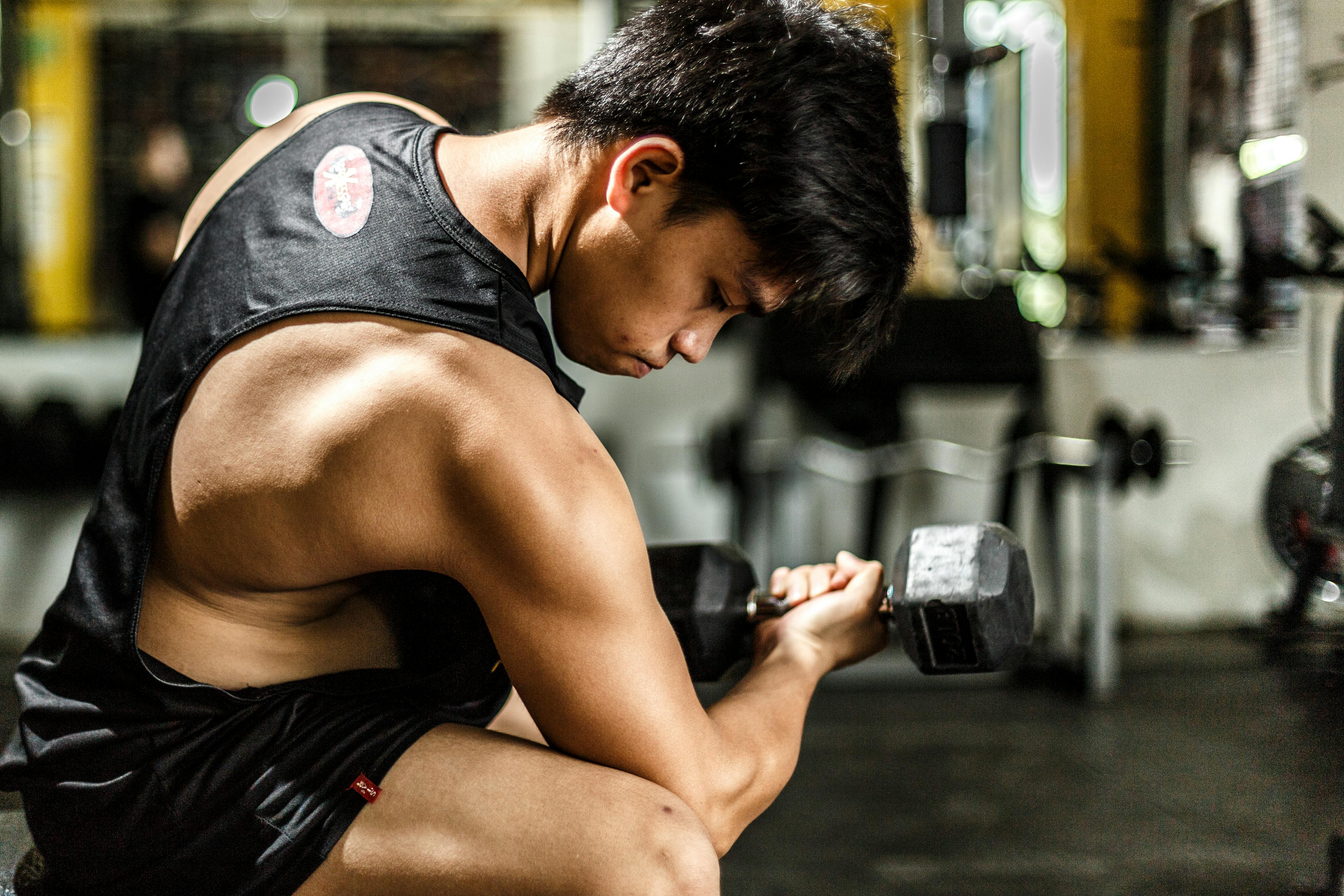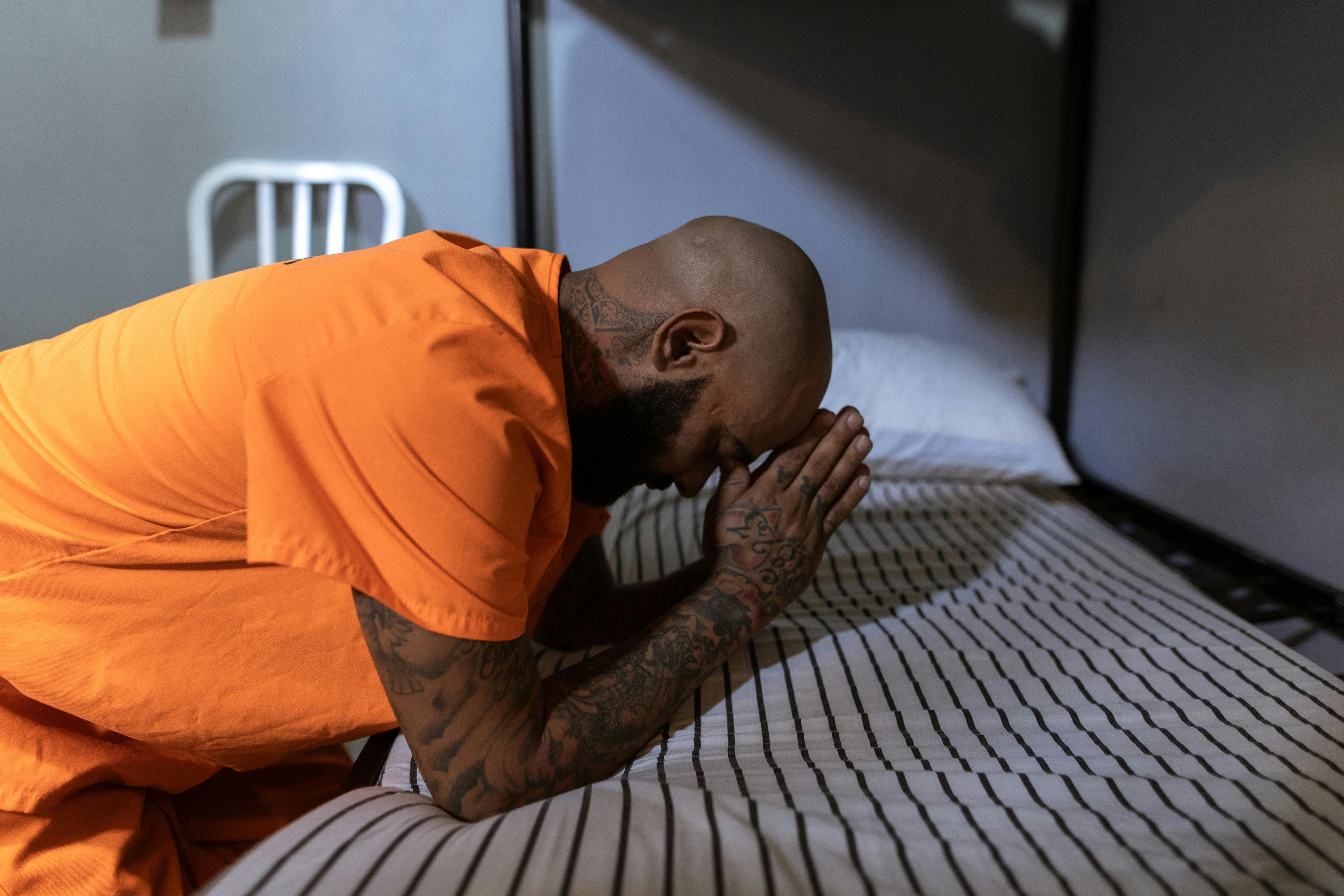
Evolution of Pilates training in the 21st century
The evolution, in the case of Pilates, began in 1934 with the book “Your Health”, continued in 1945 with Joe’s second book “Return to Life Through Contrology”, and continues to this day with new exercises, new equipment, new enhancements to your original fitness programming, featured in the latest “Pilates Evolution” book.
Developments leading to the 21st century
Pilates developed his fitness techniques as a result of what he himself experienced while growing up in Germany in the late 19th century. At that time, many practitioners used specially invented devices and claimed that what they offered could cure illnesses. As you have seen in Pilates’s own writings, he sided quite a bit with this fundamental concept, although he also strongly disagreed with the details that others offered.
The first generation of Pilates students in New York, many of whom were dancers and choreographers, later opened their own studios. They continued to teach the Pilates method with their personal stamp; most became legends in the 20th century, such as Romana Kryzanowska, Joe Grimes, Eve Gentry, and Ron Fletcher. More recent students of Pilates methodologies, such as Moira Stott (now Stott-Merrithew) in Canada, Joan Breibart and Elizabeth Larkam in the US, have started an irreversible evolutionary trend in the world of Pilates instruction in the 20th century. XXI.
The original Pilates exercise systems focused on strengthening the core with simultaneous stretching of the spine and extremities. STOTT PILATES aims to offer a more progressive form of exercise in the 21st century, incorporating modern body awareness and the latest discoveries in exercise science and spinal rehabilitation. Stott’s workouts have evolved to include more shoulder and pelvic girdle stabilization exercises, as well as an emphasis on more anatomical concepts of neutral spine and pelvis. Moira herself studied and apprenticed with Romana Kryzanowska at the New York studio founded by Joseph Pilates.
Joan Breibart co-founded the Pilates Institute in Santa Fe, New Mexico in 1991, along with Michele Larsson and Eve Gentry. Although initially conceived as an organization that would offer instructor training in Pilates methods, it has since become quite innovative in expanding Pilates methods with its own. Chapters 6 and 7 of this Part III focus on Standing Pilates and Circle Pilates, two of Joan’s main developmental approaches. After moving her organization to New York City and renaming it the PhysicalMind Institute, her organization continues to train thousands of current Pilates instructors. Along with many others, she continues to enhance Pilates work with a modern awareness of biomechanical issues during vertical and horizontal exercises.
Elizabeth Larkam is a renowned innovator and developer of Pilates-based protocols for the diagnosis and treatment of orthopedic, spinal, and chronic pain. She began studying Pilates techniques in 1985 while teaching dance at Stanford University and was another student of first-generation Pilates teachers Ron Fletcher, Eve Gentry, and Romana Kryzanowska. Elizabeth, co-founder of Polestar Pilates Education, is a Master Teacher at Balanced Body University, conducting courses in North America, Europe, and Asia. Since 1992, Elizabeth has created dozens of instructional DVDs for the fitness, therapeutic, educational, and home markets.
Another Master Teacher in the Balanced Body University programs is Madeline Black. Having worked with some of the world’s greats in Pilates and dance — Romana Kryzanowska, Eve Gentry, Marika Molnar and Irene Dowd — she herself has become one of the 21st century leaders in extending the legacy of Joseph Pilates through his own innovative movement studies. She specializes in the integration of concepts and techniques, and the evolution of new methodologies and approaches, from Pilates, Gyrotonics, yoga, and other movement systems. The authors of this very book are very pleased to have received our Pilates certifications from Madeline Black in 1993 when she was teaching for Joan Breibart’s Physical Mind Institute at her own San Francisco Studio M location (now in Sonoma County) .
Elizabeth Larkam and Madeline Black are just two of a remarkable list of 21st century stars in the evolutionary development of Pilates-based physical education. Both women are mentors in the Passing the Torch program created by Balanced Body and themselves train advanced teachers and trainers in the Pilates industry.
As the director of the Balanced Body Pilates program in Sacramento, California, Elizabeth developed instructional videos for her team, both large and small. Although the other notables listed above also work with companies that produce notable Pilates equipment, accessories, and training materials, Balanced Body deserves a special mention here, and not just because we’ve used and taught with Balanced Body equipment ourselves.
On October 19, 2000, Balanced Body and its founder/owner Ken Endelman won a US federal trademark lawsuit. Ken and his company were sued by Sean Gallagher for trademark infringement, because Gallagher had purchased the trademark. in 1992 and Ken, among others, was building and selling Pilates-inspired equipment. In short, the result of that lawsuit was that Pilates, like other generic fitness names like karate or yoga, would no longer qualify for trademark infringement protection. Anyone from that moment may use the name Pilates for the creation and offer of services or exercise equipment.
Developments of accessories and evolutionary devices
Romana Kryzanowska would be correct when asked about Pilates “machines.” A “machine” does something to you, she said, whereas with a Pilates “device,” you are guided to do the work yourself and train your body. As you know, the original 34 Pilate Mat exercises did not use any apparatus or props. Romana noted that if “you can do the rug job perfectly, you don’t need the gadget. But people love toys.” As instructors, we have to agree, but they are more than just entertainment; they are facilitators. Students must learn the exercises correctly, with or without apparatus or props, to allow their body to reflect the intent of each exercise. As Pilates would say, people should “get the method into the body.”
Each piece of apparatus or accessory has a unique repertoire of exercises that have evolved from the Pilates principles discussed earlier in this book. The most common large-scale apparatus seen in traditional Pilates studios is the Reformer, although such imposing pieces as the Cadillac, special chairs, and a variety of barrels are also seen. Plus, for both fun and body-oriented purposes, you can now see an explosion of new and increasingly used accessories, such as the Magic Circle, elastic tubes and straps, foam rollers, small and large exercise balls, weights, and other inventive . devices presented in the following chapters.
Classical Pilates instructors often teach exercises in an unvarying order, staying close to the original Pilates work. They also typically use equipment built to their original specifications. Most classically trained teachers will have studied the entire exercise system and can usually trace their training back to Joseph Pilates through one of his protégés. Contemporary/Modern Pilates divides the method into several parts and the order of the exercises varies from lesson to lesson with many changes made to the original exercises.



